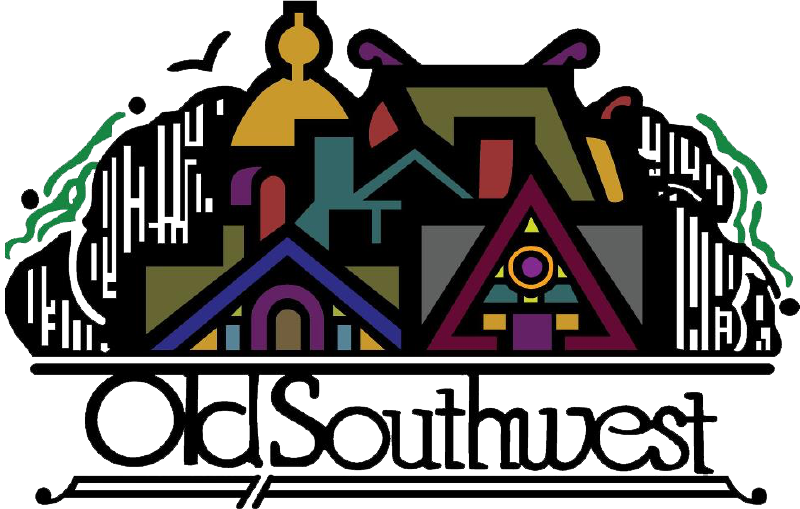
The story of Old Southwest
The written history of the Old Southwest neighborhood begins with the land grant of James Alexander in 1771 and Thomas Tosh in 1781 by King George III of England. Peter William Coon bought the Alexander land in 1836 and Thomas Lewis and Benjamin Tinsley purchased the Tosh lands in 1858.
Eventually deeded to Samuel H. Gish, the pre-1838 log home on the site, now known as the “Alexander/Gish house”, was later covered with clapboard siding. This home is one of the Roanoke Valley’s oldest structures and now serves as a meeting place for Old Southwest, Inc., the non-profit neighborhood organization.
Until the end of World War II, “Old Southwest” was considered one of the premiere neighborhoods in the city. Many of Roanoke’s first families lived in the large elegant homes which grace tree-lined streets that are also dotted with other homes, smaller in scale but just as beautifully detailed.
The post-war exodus to the suburbs caused a gradual decline in the character and quality of life in the neighborhood. Many unique homes were razed for urban development; others were cut up into apartment units or inappropriately remodeled, adding to the area’s woes.
Rebirth in the 70s
In the mid-1970s, Old Southwest recaptured the interest of citizens seeking affordable housing. This once-glorious inner-city neighborhood, with its pleasant shady walkways, captured the imagination of both suburbanites and out-of-towners who appreciated its character and convenience to downtown. Old Southwest, Inc. began to take shape, and with vigorous groundwork, vigilant observation, and persistent re-education, members convinced local government and private institutions to participate in preserving an important part of Roanoke’s heritage.
Historic District
In 1985, the area known as “Old Southwest,” and some additional adjacent areas, were officially listed in The Virginia Landmarks Register and The National Register of Historic Places. Following these prestigious listings, the City of Roanoke established the Neighborhood Preservation Zoning District (H-2) and the City Architectural Review Board (ARB) to protect the historic and architectural integrity of Old Southwest. The H-2 district encompasses most of the Old Southwest neighborhood and portions of the Gainsboro, Hurt Park, and Mountain View neighborhoods. The H-2 code and the Architectural Review Board address issues of exterior building modifications, new construction, and proposals for demolition.
Now with its re-energized streets, polished exteriors, and friendly front porches, residents enjoy the sort of intimate ambiance that cannot be found in the suburbs. The recognition of Old Southwest as a whole community, rather than a collection of single buildings, is a new approach to preservation and reflects the sense of “togetherness” which has saved and revitalized the neighborhood’s individual homes and buildings, streetscapes, and landscapes.
Architectural Treasure
The charm of Old Southwest comes from its eclectic and often exemplary architectural styles, and its interesting groupings of homes, together with its “streetscapes” and “green spaces.” Of its hundreds of structures, no two are exactly alike, and no single architectural style can be said to dominate. The neighborhood is blessed with styles ranging from the simple I-form to the flamboyant Queen Anne, playful Victorian, stately Colonial and Georgian Revivals, Tudor Revival, and Shingle, as well as vernacular mixes. After the turn of the century, the style now known as the classic American Foursquare, built on wood-frame, brick, and occasionally cast stone began to appear, as did the Bungalow.
Early twentieth century two-family and four-or-more-family apartment dwellings, built with the same flair and pride in craftsmanship as the single-family homes, add to the rich variety of the neighborhood. Expansive porches with classic columns; complicated roof lines of slate, pressed metal and shingle; interesting dormers and towers; fanciful millwork; leaded and stained glass windows; multi-color paint schemes – these and other fine details make Old Southwest the most architecturally exciting neighborhood in the Roanoke Valley.
